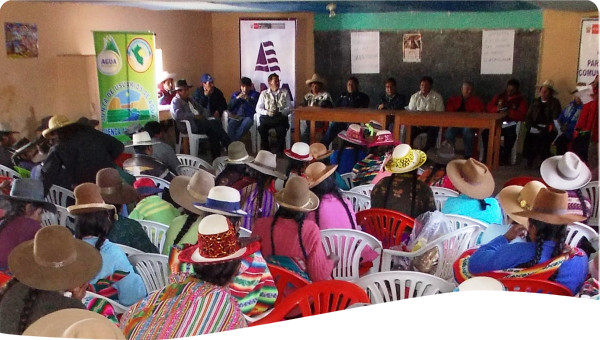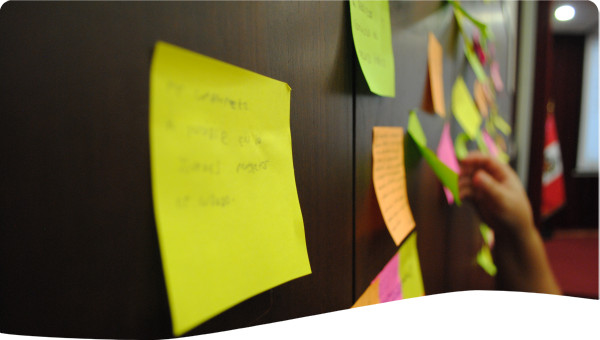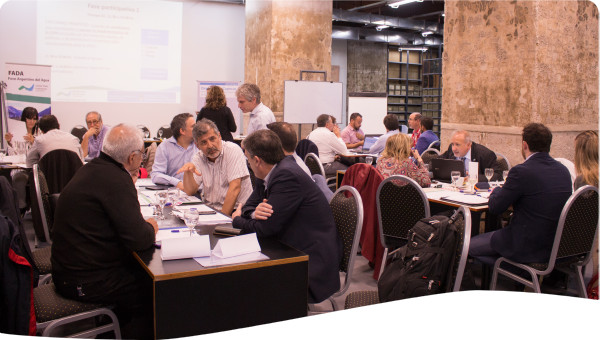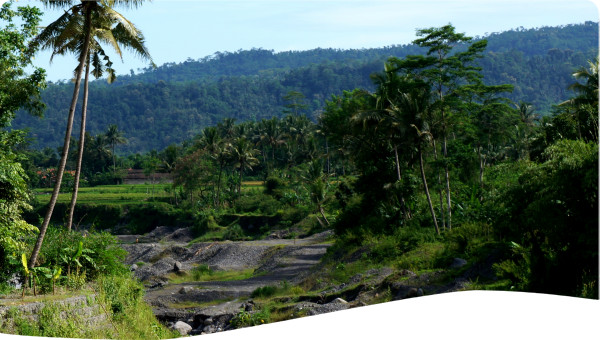Despite an almost abundance of water, most water users in the South-western region of Burkina Faso regularly face water shortages due to an intensification of irrigated agriculture. Action was taken to set up the Local Water Committee. The lesson learnt is that in the realm of the water sector, it is crucial for the state, local authorities, civil society, and the private sector to collaborate to find new potential solutions.
The Kou basin, located in the South-western region of Burkina Faso, has for several decades been facing various forms of conflicts linked to a wide series of problems usually encountered in irrigated areas. In the Kou basin, hydro-agricultural infrastructures cover a total area of almost 2.000 ha. It includes private garden and horticultural areas, as well as a large 1.200 ha area realised by the State.
In spite of an abundance of water due to several sources, an easy-to-exploit aquifer and a perennial water course, most water users regularly face water shortages due to an intensification of irrigated agriculture.
Since 1987 the political and administrative authorities have been searching, together with the concerned users, ways to address the threats resulting from this situation through the creation of a ‘make-shift’ Kou Basin Management Committee (KBMC).
In spite the Committee’s will, it was not until 2008 that a Local Water Committee (LWC) was created, building from KBMC’s experiences, through the impetus given by the State within the framework of a decentralised IWRM policy.
The Local Water Committee is gaining growing importance as many actors, in particular civil society, have been invited to its activities. The latter has engaged in the setting up of an institutional innovation: a privately run Water Observatory (WO).
The Observatory’s role is to support the authorities in developing capacities related to water resources management. Through the creation of a spatial database, the WO focuses on developing tools to control, monitor and manage water resources. Their resulting work is periodically presented to the CLE, enabling them to forecast possible hot spots and granting it a judging base.
The activities concern the monitoring of river and spring flows in the basin, water levels in aquifers, surface and groundwater quality, and are completed by the acquisition of data produced by other services (notably the Meteorological Department).
While the institutional innovations implemented to ensure better management of water resources in the Kou basin are numerous and original, they are also accompanied by research and development work directed by local stakeholders. This work, intended to provide resource managers with the scientific tools that will enable sustainable exploitation of the resources, focuses on two main themes: (i) the inventory of available resources, and (ii) the monitoring and evaluation of the protection and use of these resources.
Effective IWRM depends on a good knowledge of surface and groundwater resources. In the context of the Kou catchment, the acquisition of this knowledge is made difficult by the presence of numerous active hydrological processes (surface runoff, contribution of the water table, rainfall, evapotranspiration, and infiltration). In addition, this basin is marked by the absence of certain data, which is nevertheless essential. Efforts have been made to improve this knowledge in the Kou basin. From the acquisition of data on the state of water resources to the use of this data to estimate the available reserves, forecast their long-term evolution and contribute to the preservation of their quality, significant human and technical resources have been implemented.
Water resources within the basin offer development potentialities. The case indicates how a better perspective can be given to this dynamic and how it should be driven on the path to sustainable development.
The experience of the Water Observatory shows that new articulations of responsibilities for research and development in the water sector between the State, local authorities, civil society, and the private sector are necessary and possible. It allows us to highlight and support the initiative and action capacities of professional civil society in the water sector in the impetus of new action formulas in research and development adapted to the specific demand for scientific and technical knowledge at the local level.
Institutional innovations are as much a source of development as technical innovations.
The experience shows that new responsibility arrangements in terms of research and development in the field of water between the State, local authorities, the civil society and the private sector are needed and possible.
 Case studies
Case studies



